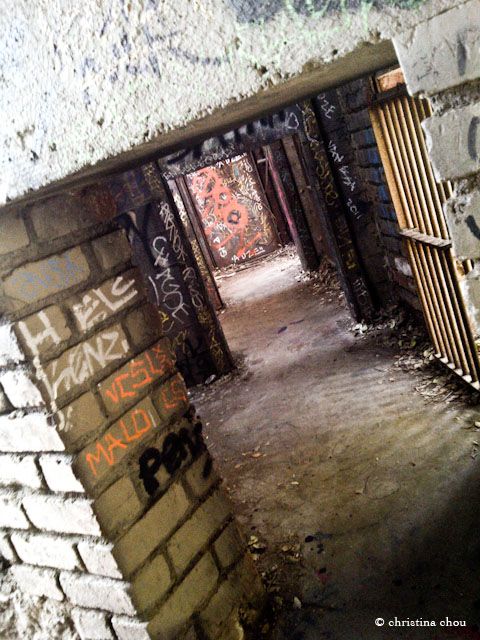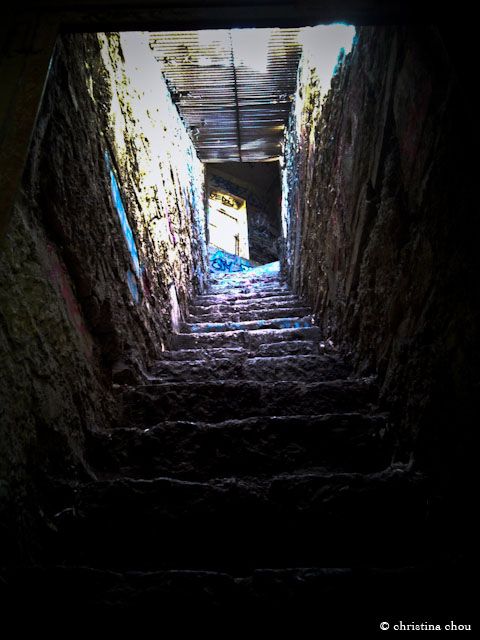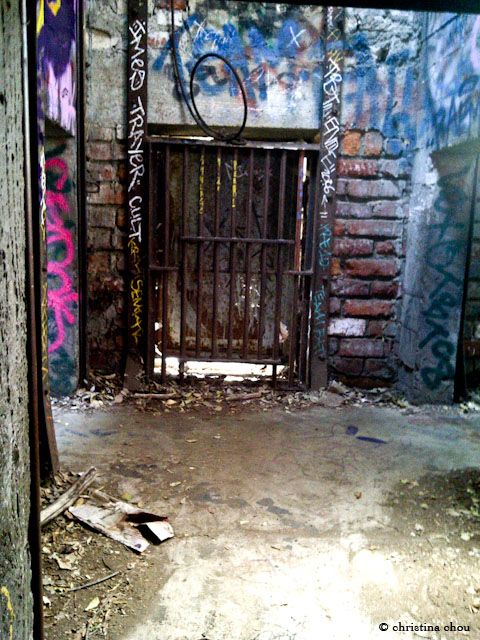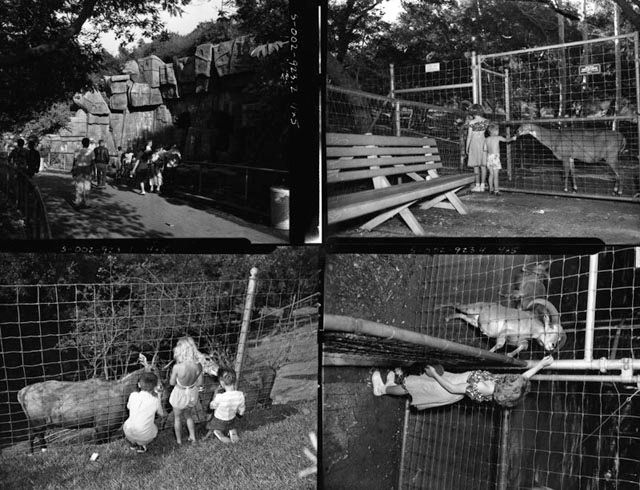Last-Minute NYC Holiday Gift Guide 🎁
We’ve created a holiday gift guide with presents for the intrepid New Yorker that should arrive just in time—


Urban planners call it “arrested deterioration:” the ironic preservation of a poorly designed zoo in a state of decay. Open to the public as a fraying monument to a past era, the abandoned Los Angeles Zoo haunts the edges of Griffith Park, a stone’s throw from the Greek Theater. A crooked sign posted by the L.A. Department of Recreation and Parks philosophically designates the old bear grottos, rows of cages, and dilapidated menagerie as an opportunity to observe “the developments in the zoological sciences.” And indeed anyone can crawl through the close quarters of the cages and understand how diseases were often rampant and why the animals’ existences were short-lived.

In 1912, the city of Los Angeles petitioned to build a “healthier” zoo in Griffith Park, but funding stalled and they had to make do with a mere fifth of their budget, an inadequate amount to build proper cages. Thus, the L.A. zoo was built in its much smaller version. Wolves, large cats, and various livestock were stockaded separately with welded wire between groups of trees. Bear pits, assorted cages, and an aviary were built several years later. Unfortunately, conditions never improved. The Griffith Park History Project recounts several troublesome phases of the old zoo:
“In February 1916 the [Los Angeles] zoo was almost closed for good after the Health Department found that its sewage was draining into the Los Angeles River.During World War I the City Council withdrew authorization to feed beef to the zoo’s meat-eating animals. Suddenly unable to properly feed these animals, the Park Department tried to sell them, but found no takers. Turning them loose was out of the question.The animals stayed at the Griffith Park Zoo. Horse meat was substituted for beef. Results were disastrous–many of the meat-eating animals, and almost all of the cats, died.”
The zoo finally closed in 1965 and moved several miles north to its current location. And the old animal sanctuary was left in the area to conveniently serve as a tourist attraction, more popular than ever in its state of decay. The large rocky structures of the bear grottos are a popular picnic spot, while the more hidden parts of the zoo continue to thrill urban explorers and house the city’s night dwellers and their doings.

Each den is barred by an iron grate that leads up a steep flight of stone stairs into the quiet, dark, winding bowels of the cages, rife with graffiti, trash, crumpled leftovers of unseemly activities, and urban legends of ghostly zoo curators and mutated creatures. Angelenos have forgotten the old LA zoo, then suddenly rediscovered the crumbling remains and come back with an inquisitive, poetic eye. The rusting aviary remains a popular hipster backdrop for photo shoots or album covers, and the cages have been used in films such as Anchorman, Back To The Future, and Who Framed Roger Rabbit.

The site is neither heavily populated nor often spoken about, but it is undoubtedly a part of the city, perhaps more popular in its decay than its hey-day. And there is a mysterious quality to this space: one of dreams deferred, unanswered calls, and the voice of the city rising upon its stone walls and iron bars.

Get in touch with the author @christinachou.
Subscribe to our newsletter